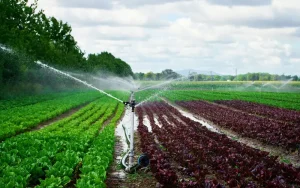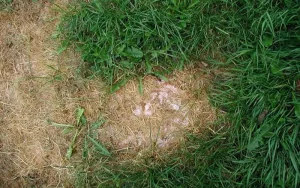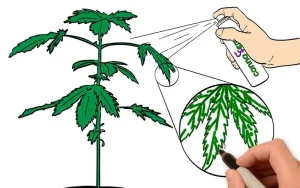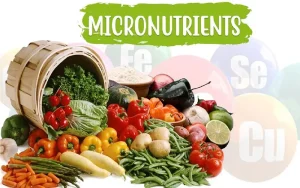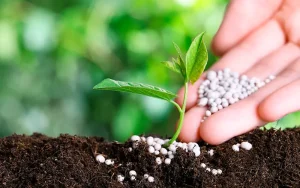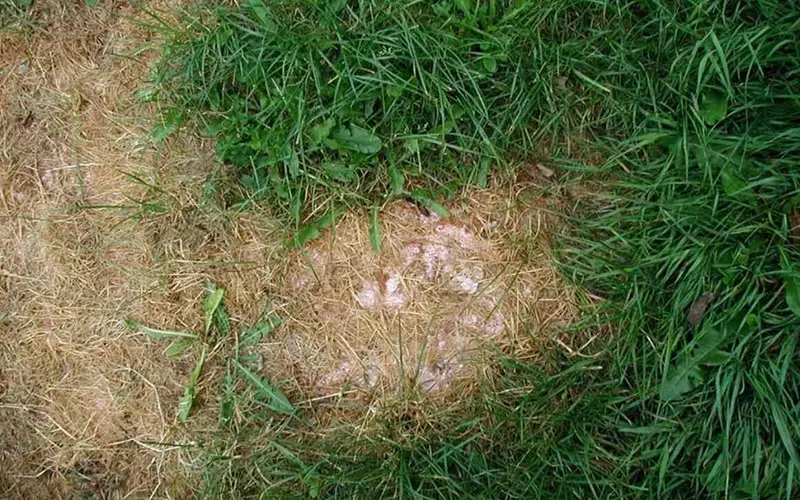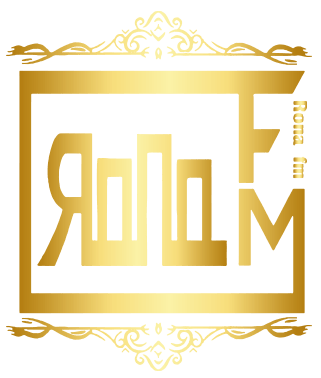Fertilizer Burn is a common yet preventable issue that occurs when plants are exposed to excessive fertilizer, particularly those high in nitrogen or salts. This condition can damage or kill roots and foliage, leading to reduced growth, yellowing, or even plant death. Understanding how Fertilizer Burn happens and how to avoid it is essential for maintaining healthy, productive crops and gardens.
What Causes Fertilizer Burn?
Fertilizer Burn happens when too much fertilizer is applied or when it is applied incorrectly. High concentrations of nutrients—especially nitrogen—create a high salt index around the roots, drawing moisture out of plant tissues through a process called reverse osmosis. This dehydrates the plant and damages cell walls, resulting in scorched or dried-out leaves.
Symptoms of Fertilizer Burn
- Leaf edges turning brown or crispy
- Yellowing (chlorosis) between leaf veins
- Stunted growth or sudden wilting
- Salt crust on the soil surface
These symptoms usually appear within days of over-application, especially after dry conditions or poor watering practices.
Recommended Products: CK NPK Complex Fertilizers
How to Prevent Fertilizer Burn
Follow Label Instructions
Always apply fertilizer according to package directions. Over-application is one of the leading causes of Fertilizer Burn.
Water Before and After Application
Moist soil reduces the risk of salt buildup, and watering after fertilizing helps distribute nutrients more evenly and dilute concentrations.
Use Slow-Release Fertilizers
These release nutrients gradually, lowering the risk of overwhelming the plant with salts all at once.
Avoid Fertilizing During Heat or Drought
Plants are more susceptible to Fertilizer Burn when they’re already stressed. Apply during cooler periods with adequate soil moisture.
Treating Fertilizer Burn
If you suspect Fertilizer Burn, act quickly:
- Flush the soil with large amounts of water to leach out excess nutrients.
- Remove visibly damaged leaves if they are severely affected.
- Pause all fertilizer applications until the plant shows signs of recovery.
Recovery depends on the severity of the burn and the plant’s resilience. Some plants may bounce back in a week, while others may suffer permanent damage.
Recommended Products: Unique Fertilizers
Fertilizer Selection Tips
Choosing the right fertilizer can greatly reduce the risk of Fertilizer Burn:
- Opt for balanced or lower-salt formulations
- Use organic fertilizers like compost, which are less concentrated
- Monitor nutrient needs with regular soil testing
Importance of Soil Testing Before Fertilization
Conducting a soil test helps determine the exact nutrient needs of your plants and prevents unnecessary fertilization. By knowing what’s already present in the soil, you can avoid over-application, one of the primary causes of Fertilizer Burn. Soil testing also helps you choose the right type and amount of fertilizer.
Differences Between Organic and Synthetic Fertilizers
Organic fertilizers like compost or manure release nutrients slowly and pose a lower risk of Fertilizer Burn. In contrast, synthetic fertilizers are more concentrated and fast-acting, increasing the chance of salt buildup if overused. Understanding these differences helps tailor safe and effective fertilization practices.
Signs of Recovery After Fertilizer Burn
Once you’ve flushed the soil and paused fertilization, look for signs of new green growth, firm leaves, and steady improvement in plant color. Recovery time varies, but gradual regrowth indicates your plant is overcoming Fertilizer Burn and absorbing nutrients more effectively.
For further reading, check out:
Conclusion
Fertilizer Burn is a preventable condition that results from overfeeding plants or improper application methods. By understanding the signs, using fertilizers wisely, and sticking to best practices, you can keep your plants healthy and thriving without the risks of nutrient overload.
FAQs
1. How long does it take for plants to recover from Fertilizer Burn?
Recovery can take anywhere from a few days to a few weeks, depending on the severity of the burn and the plant type.
2. Can I reuse soil that caused Fertilizer Burn?
Yes, but flush it thoroughly with water to remove excess salts before planting again or reapplying fertilizer.
3. Is it better to under-fertilize than risk Fertilizer Burn?
Yes. Slight under-fertilization is safer and can be corrected more easily than over-fertilization, which can damage or kill plants.



